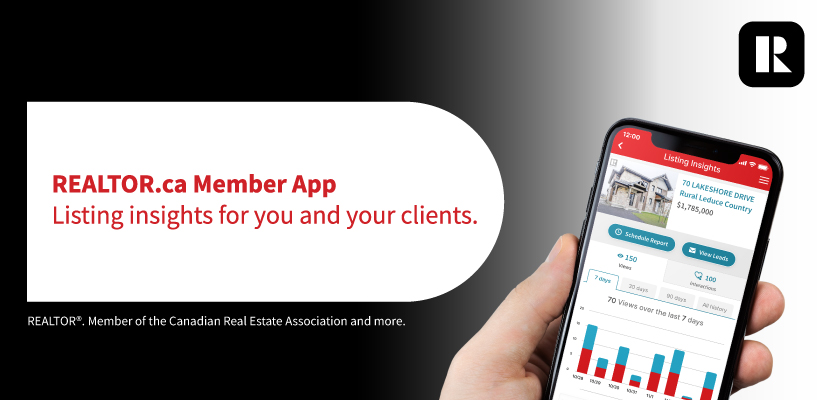In my previous columns, we talked about the signs you are ready to start a team, the first position you should hire for and whether or not that person should have a real estate license.
Now that you have the general outline of the position you are hiring for, you probably want to get the job posted and start interviewing candidates. However, a common mistake agents make is hiring someone to do a job that is in their head. So, you need to develop a written job description before you post that job.
As a successful agent, you have been your own assistant for many years and know the best way to operate. You know how to get documents, where to look for information, what to print and where to sign.
Your new team member, on the other hand, doesn’t even know how to log into MLS, let alone pull a title search or draft a listing contract.
Writing an effective job description
The key to writing an effective job description is to figure out everything you do as an agent from start to finish and then separate the list into things that only you as the agent can do, what you want to do (because you like them or think they are valuable) and what an assistant can do.
In order to create this list, I suggest this activity—a round of, “And then what?”
First, you need a partner. This could be someone in your office, your spouse, your adult child, or anyone willing to help you refine and improve your business.
Then, you pick a part of your business. We will use “getting ready for a listing appointment” for this example. But you will need to do this a few different times for meeting a new buyer, setting up a buyer tour, putting a property on the market, generating leads through a repeat and referral system, etc. Basically, you need to do this for every facet of your business.
And then what?
You and your partner are going to sit across from each other at a table with a notepad so nothing gets missed or forgotten. You, as the agent, are going to say the first thing you do after you set a listing appointment.
Let’s assume that you have already prequalified someone on the phone, taken all their information and set a listing appointment for three days from now. Then, the activity begins.
Here is an example of how the conversation should play out:
Agent: Look at the history of the property on MLS. (What website? How do you log in? What is the password?)
Partner: And then what?
Agent: Look up the tax report. (What is the website? How do I find the tax report?)
Partner: And then what?
Agent: Pull title to confirm owner’s names. (Where do you get this? Where does it get printed or saved?)
Partner: And then what?
Agent: Prepare listing contracts (Where do you log into Webforms? What is the commission amount? What other documents must be completed? Etc.)
Partner: And then what?
As you can see, this will go on for a while. The exercise aims to get all of the information currently in your head documented in a system that you can hand to someone else to do when you are not there (or don’t want to do that job).
Once you’ve gone through and documented every possible step of this listing appointment process, you can review the list with a highlighter and mark anything someone else could do.
The tasks required to prepare for a listing appointment may look something like this:
Agent
- Look up history on MLS
- Review comparable properties and determine the value
- Determine the commission amount to charge on contracts
Assistant
- Pull title
- Order easements or strata documents
- Prepare listing contracts
- Pull tax assessment value from government website.
- Prepare civic report on zoning, useage, etc.
As you can see, there are probably a lot of little things that you are doing that could be done by someone else. Once you do this exercise over every area of your business, you should have a detailed job description, making it much clearer to determine who you should hire.
Next week we’ll talk about where to post the job and how to recruit an assistant.

Keith Roy is a REALTOR and Team Leader with Remax in Vancouver, BC. He has been selling real estate since 2006. Keith is a certified RRi trainer who has helped agents and team leaders on five continents. He lives near Kitsilano beach in Vancouver with his soulmate Stephanie and their toddler son, Kai. Keith is available for one-on-one agent consulting for team leaders and aspiring team leaders, and Vancouver real estate referrals.

















